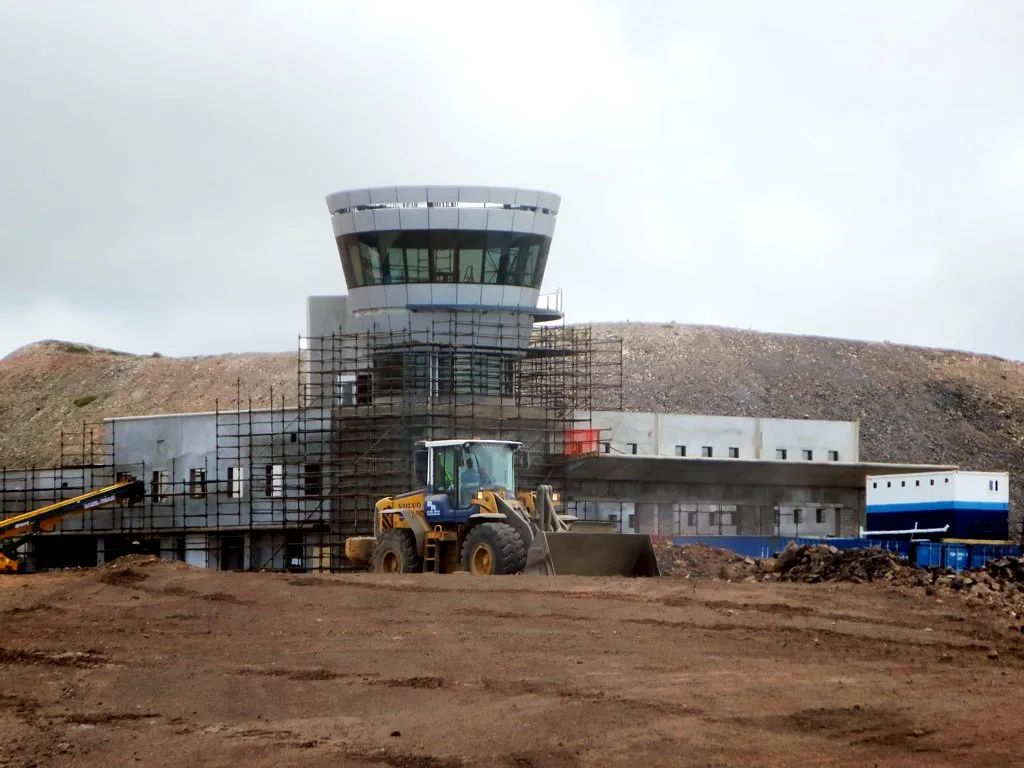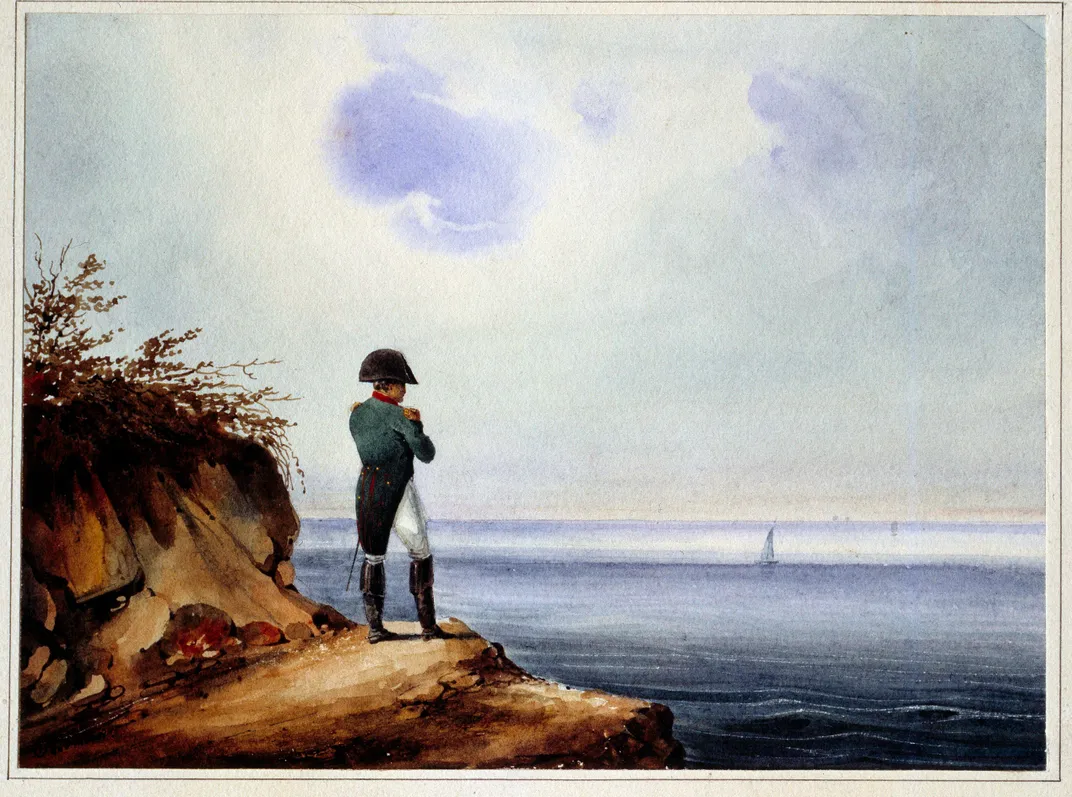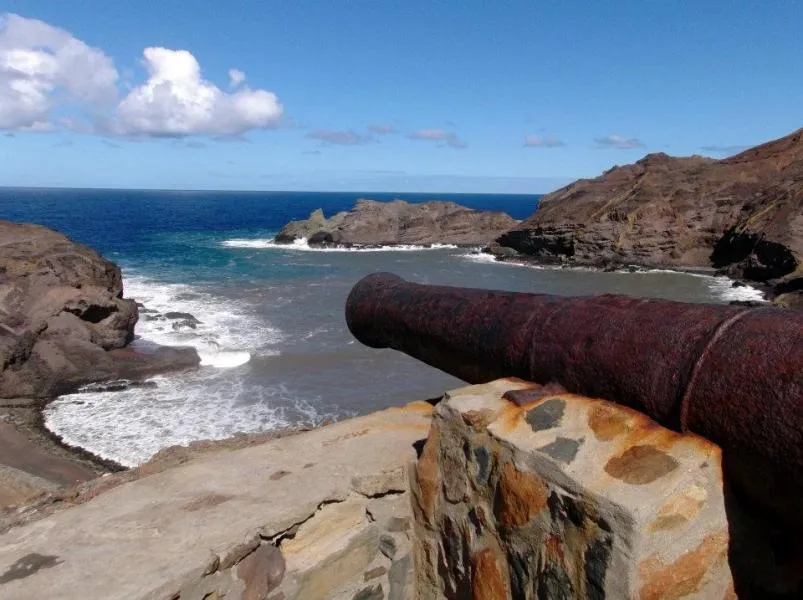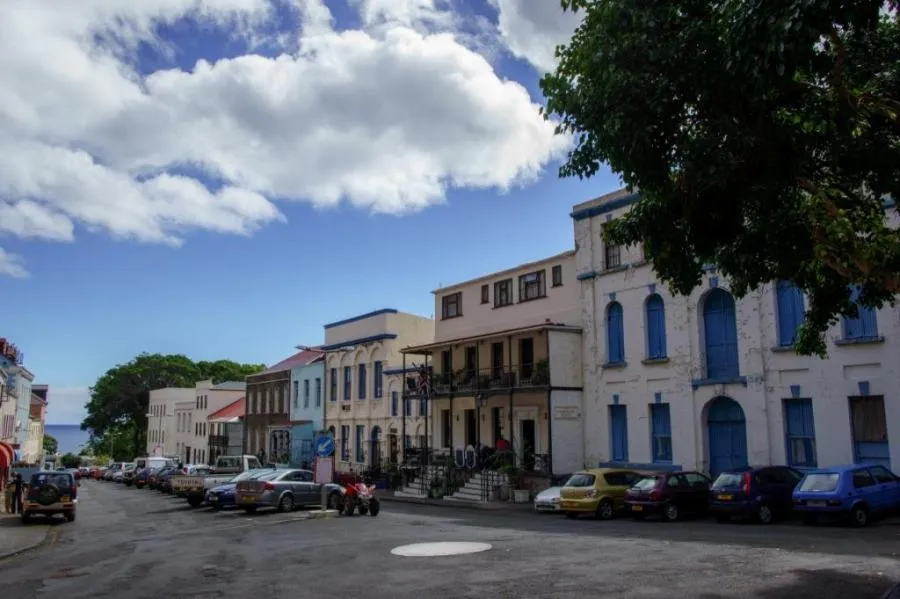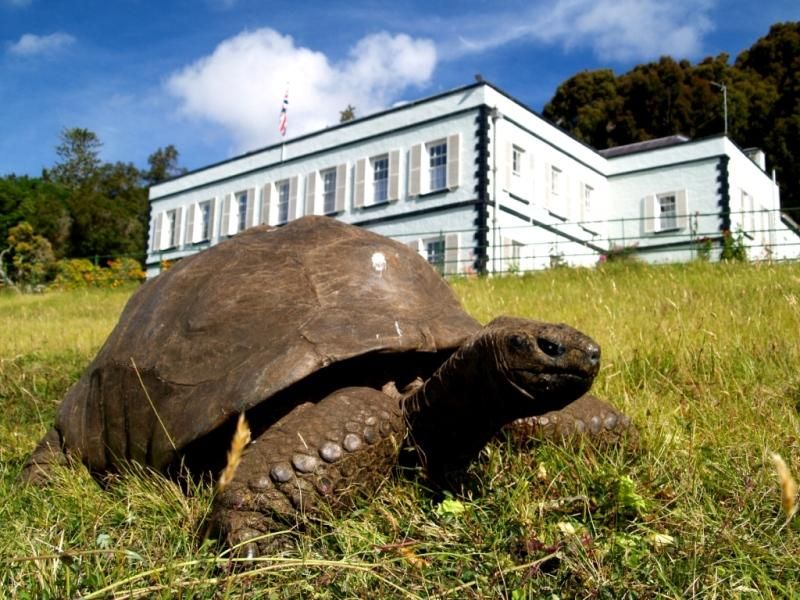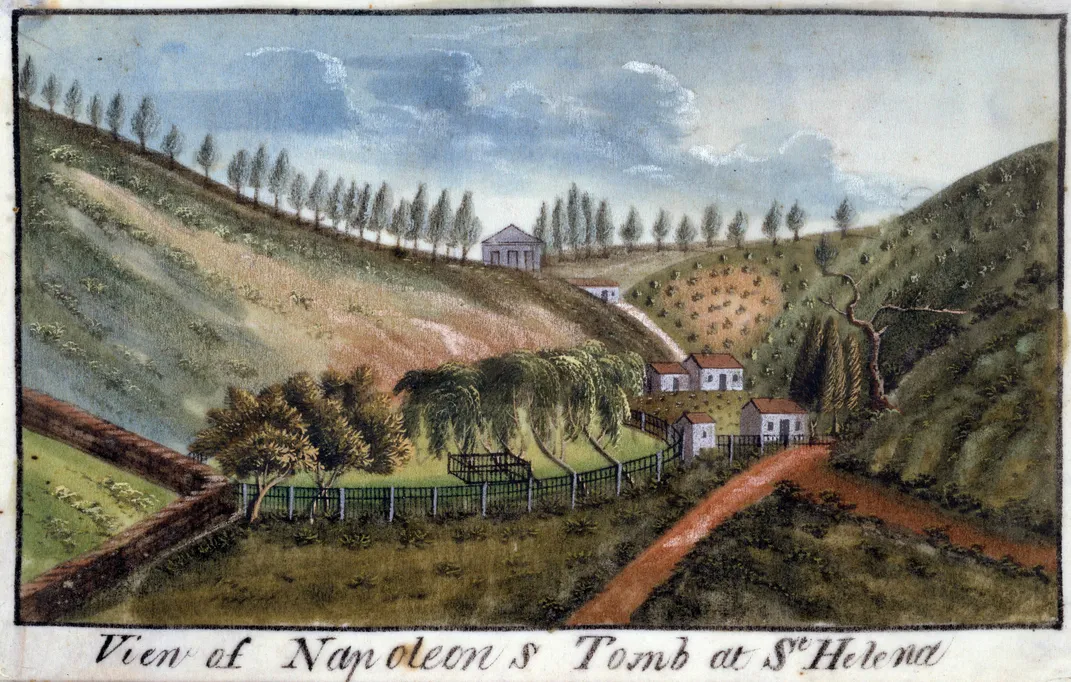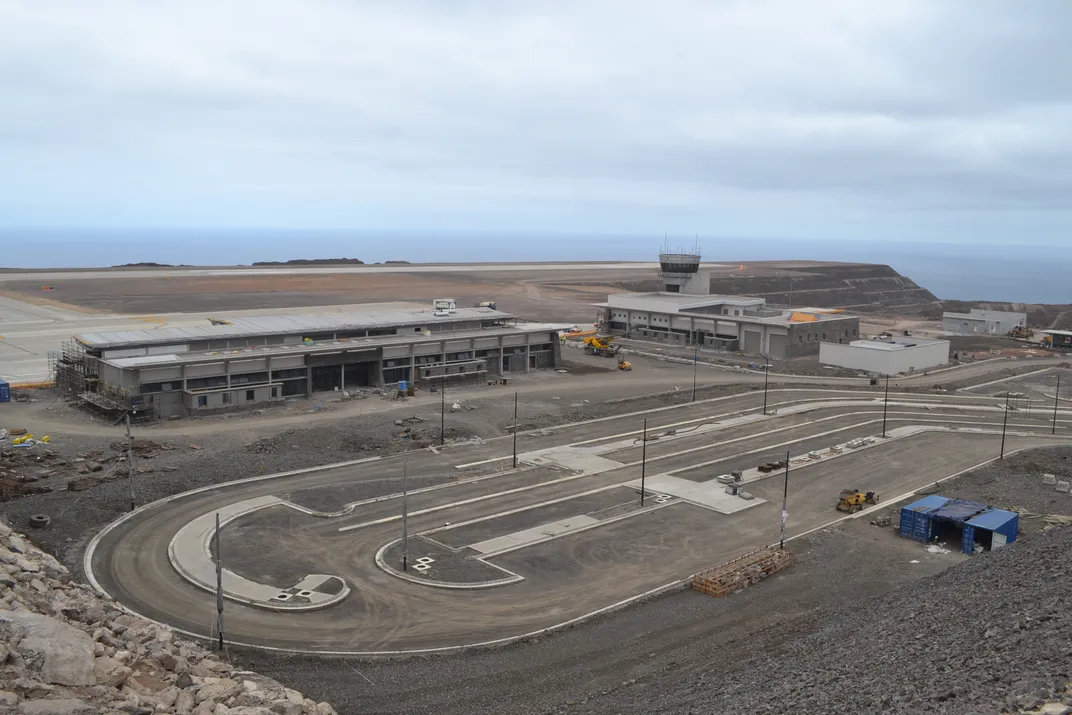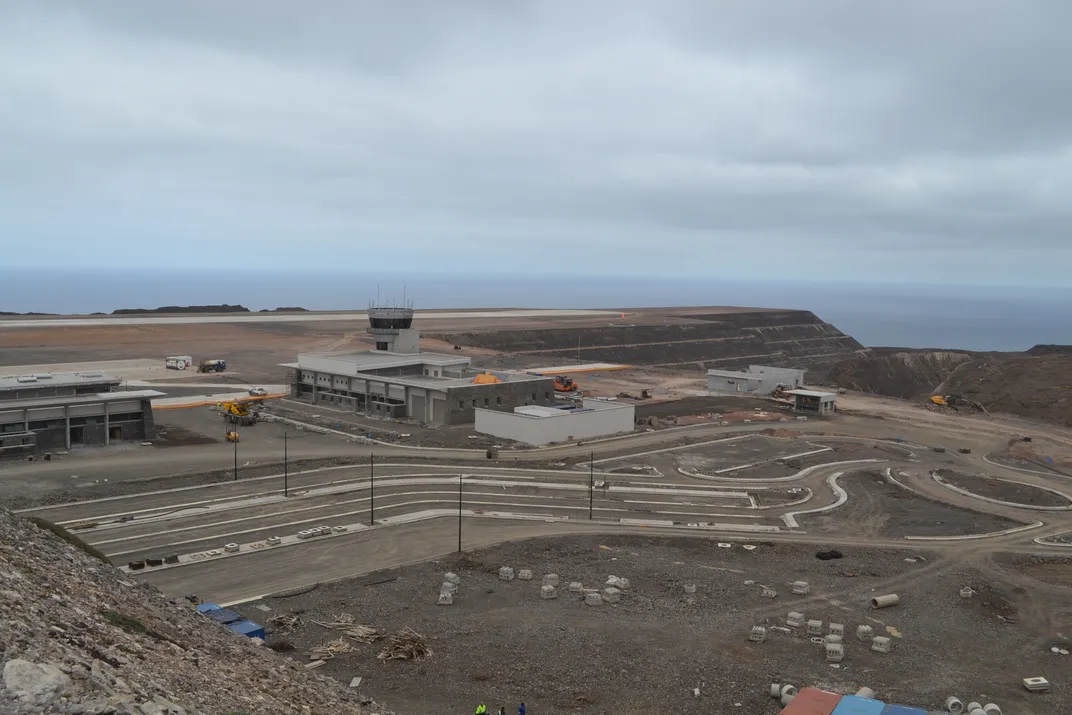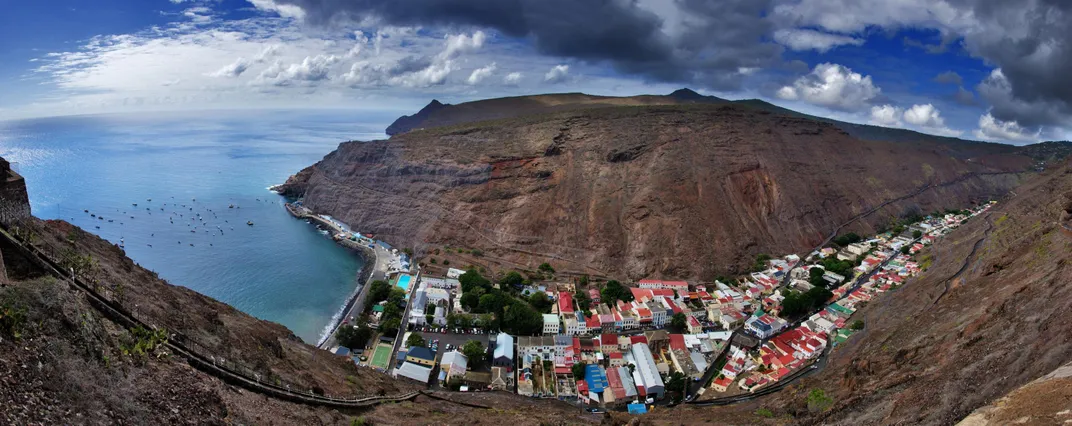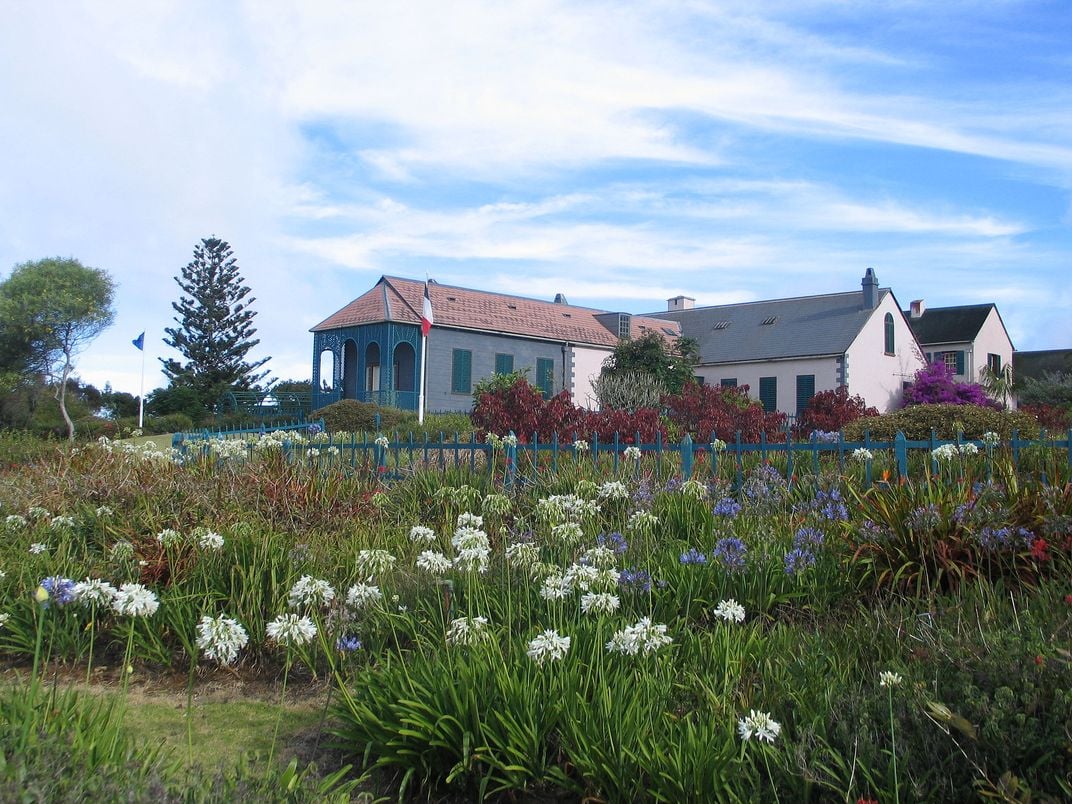It Just Got Easier to Visit the Place Where Napoleon Was Exiled (the Second Time)
Remote, rugged, finally accessible — St. Helena will soon have its first-ever airport
The first time Napoleon Bonaparte’s enemies sent him into exile, they underestimated him. Within a year of being dispatched to the Mediterranean island of Elba (just six miles from Italy’s coast, the "Little Corporal" was back in France with an army of 1,000 men. Shortly after Napoleon’s downfall at Waterloo, the same mistake didn’t happen again. This time, the British sent him to St. Helena. Located 2,500 miles from Rio de Janeiro and 1,200 miles from Capetown, the island was so remote that not even Napoleon could escape it. He died there, six years after his arrival.
Today, St. Helena is so far-flung that only the most devoted are willing to visit it, and the only way to get there is by taking a five-night voyage on a mail ship that only departs once every three weeks from South Africa. Now, a new airport is about to change that — and enable new visitors to gain a glimpse of Napoleon’s final years.
A remnant of the great British Empire, this 47-square-mile volcanic island has a long history as a political prison. According to legend, St. Helena’s first permanent resident was a scared and defeated Portuguese soldier who voluntarily marooned himself here in 1515 rather than face humiliation at home. Upon being captured by the British in 1890, King Dinizulu of the Zulu Nation was sent to St. Helena. At the turn of the 20th century, the island housed 6,000 Boer prisoners of war. Even as late as 1957, the island housed three Bahraini princes kept as political prisoners.
But the island, which has been under British rule since 1657, isn’t uninhabited. In fact, about 4,500 “Saints,” as they call themselves live on St. Helena. They’re descendants of European farmers, Chinese workers, and slaves of African and Asian origins, and their numbers are dwindling due to economic pressures. In 1987, the official census counted 5,644 people, but that number decreased by 25 percent by 2008 as young Saints left to pursue jobs on the mainland. This has left residents frightened about the island’s future.
And help is on the way in the form of a brand-new airport in Prosperous Bay Plain. The facility got off to a bumpy start — despite announcing plans to build the airport by 2010, British austerity and spending cuts threatened the project and construction never began. A year later, the British government finally pushed the project forward. On September 15, several years behind schedule, Saints watched as the first airplane ever to land at St. Helena arrived at the airport for a calibration test.
Mark Capes, the island’s governor, is as enthusiastic about the long-awaited airport. “When we launched this work almost four years ago, such were the many obstacles to overcome that there were those who doubted that it would succeed,” he said as he greeted the test airplane’s crew on the newly constructed tarmac. “Yet, behold, a plane has landed at St Helena Airport.”
Now that plane service is on the horizon in 2016, islanders are finding hope in Napoleon himself — even though he’s been dead for almost 200 years. The disgraced general was dropped off here for his second forced exile in less than two years by the British warship H.M.S. Northumberland on October 15, 1815. He first took up residence at Briars Pavilion, a property that can still be visited today. Then, he moved into the Longwood House, where he lived until his death (the house now flies the French flag and is under the supervision of a French consul). Down the road from the house is a fenced-in gravesite, where Napoleon was first buried in 1821.
Napoleon’s death is still shrouded in mystery and legend. Rumor has it that his English captors poisoned him, though the poisoning could have been accidental. Or maybe the reason is decorative rather than sinister: Recent research points to Longwood’s arsenic-dye wallpaper as the source of Napoleon’s demise. In 1840, after spending 19 years in St. Helena’s ground, Napoleon’s body was unearthed and sent back home to Paris, where it remains today.
“The Napoleonic legacy is part of St. Helena’s fabric. We do receive a lot of visitors who come specifically to look at that aspect of St. Helena. And, of course, it will be much easier to get here when the airport comes,” says Capes. He says that the island’s residents have learned to adapt to the snail’s pace of ship travel to and from the island, but hopes the airport will bring economic stability along with travel opportunities. “It won’t happen overnight, but it would give [the island] a possibility of a self-sustaining economy, rather than dependence on support from the United Kingdom.”
Planning Your Next Trip?
Explore great travel deals
Smithsonian magazine participates in affiliate link advertising programs. If you purchase an item through these links, we receive a commission.
